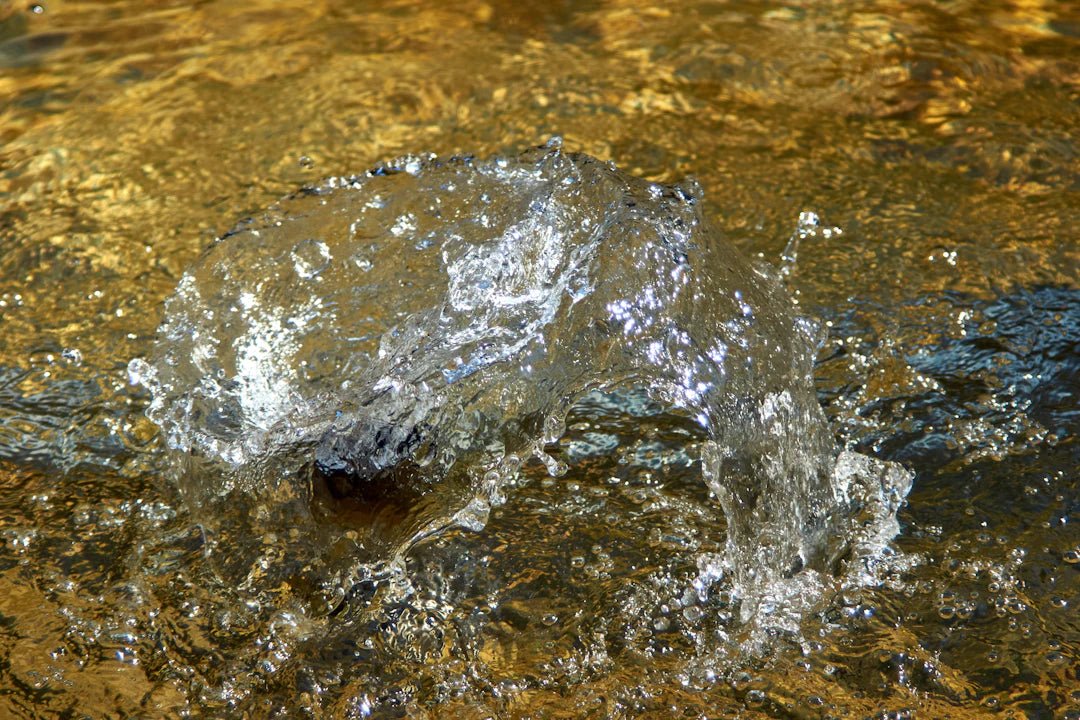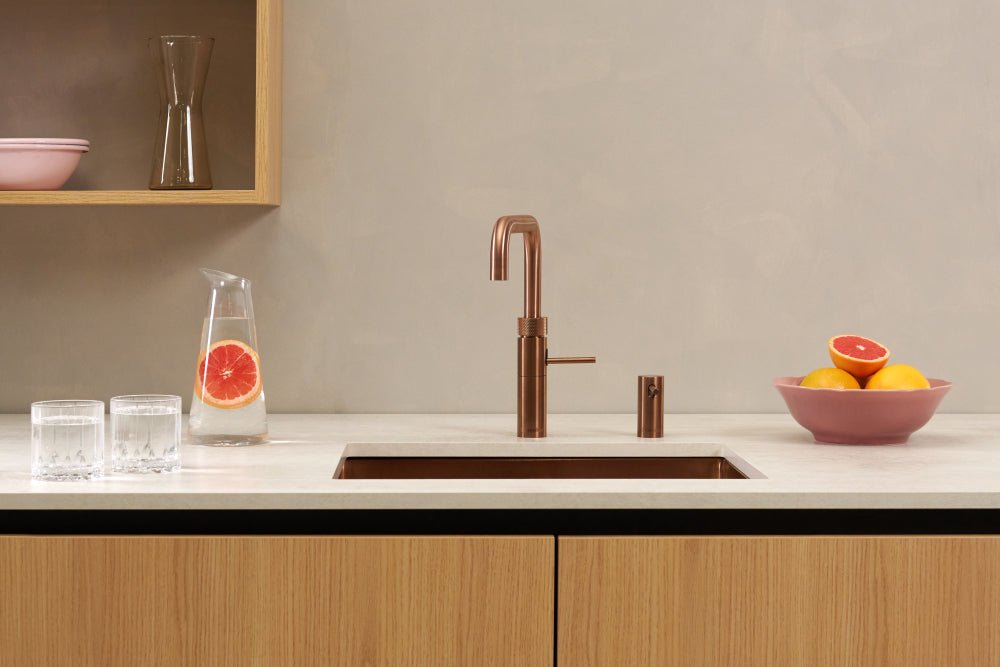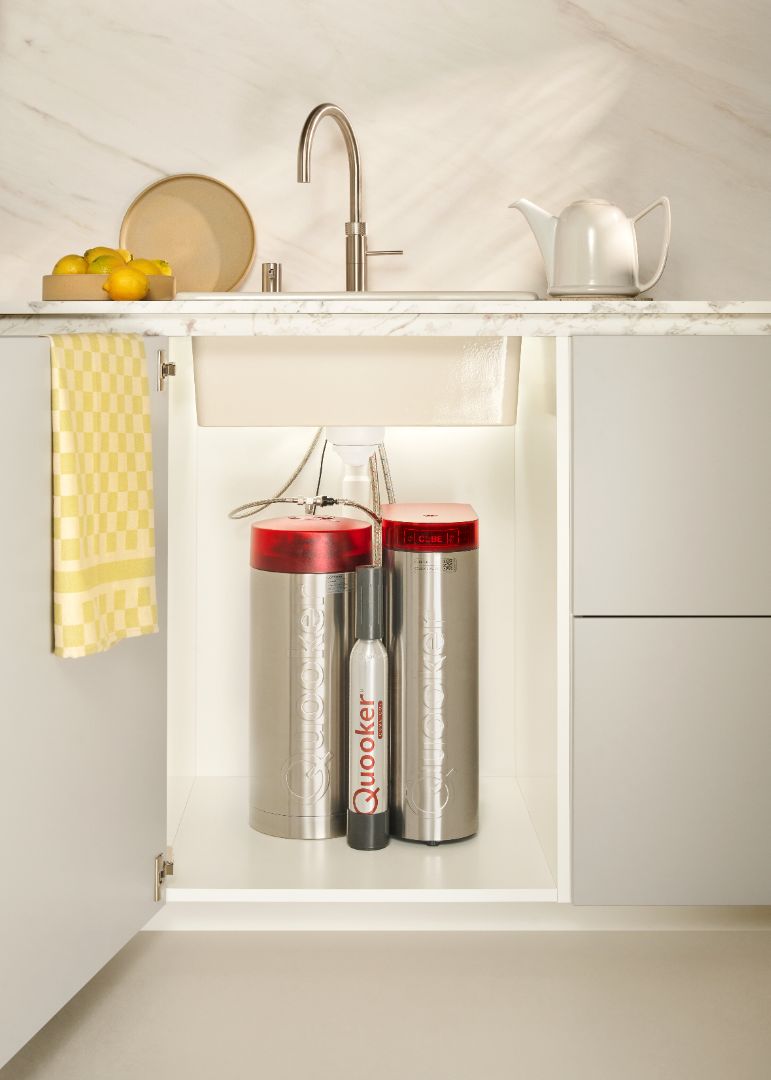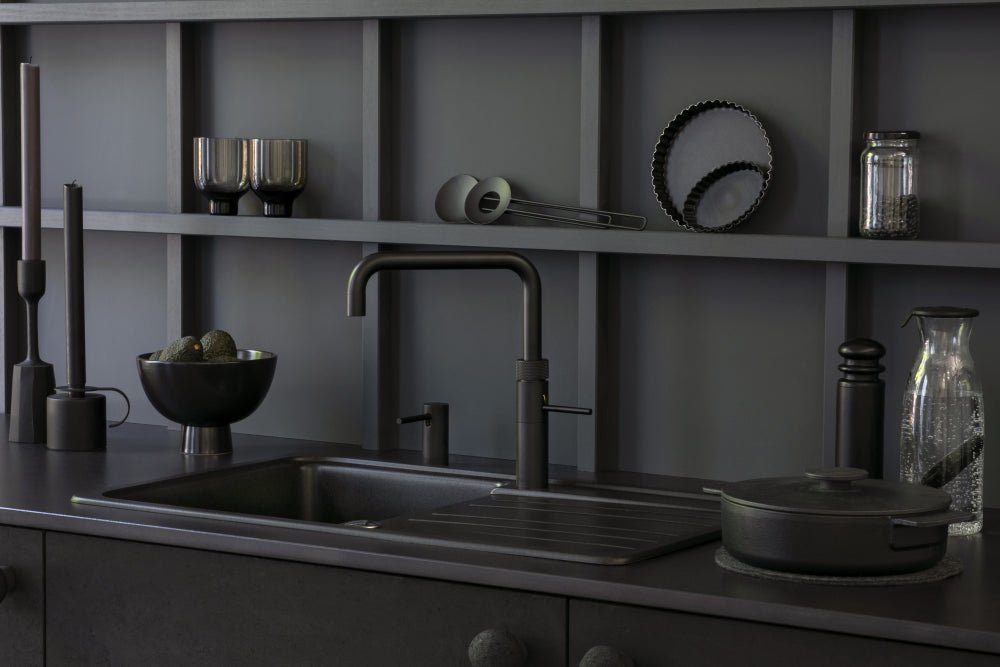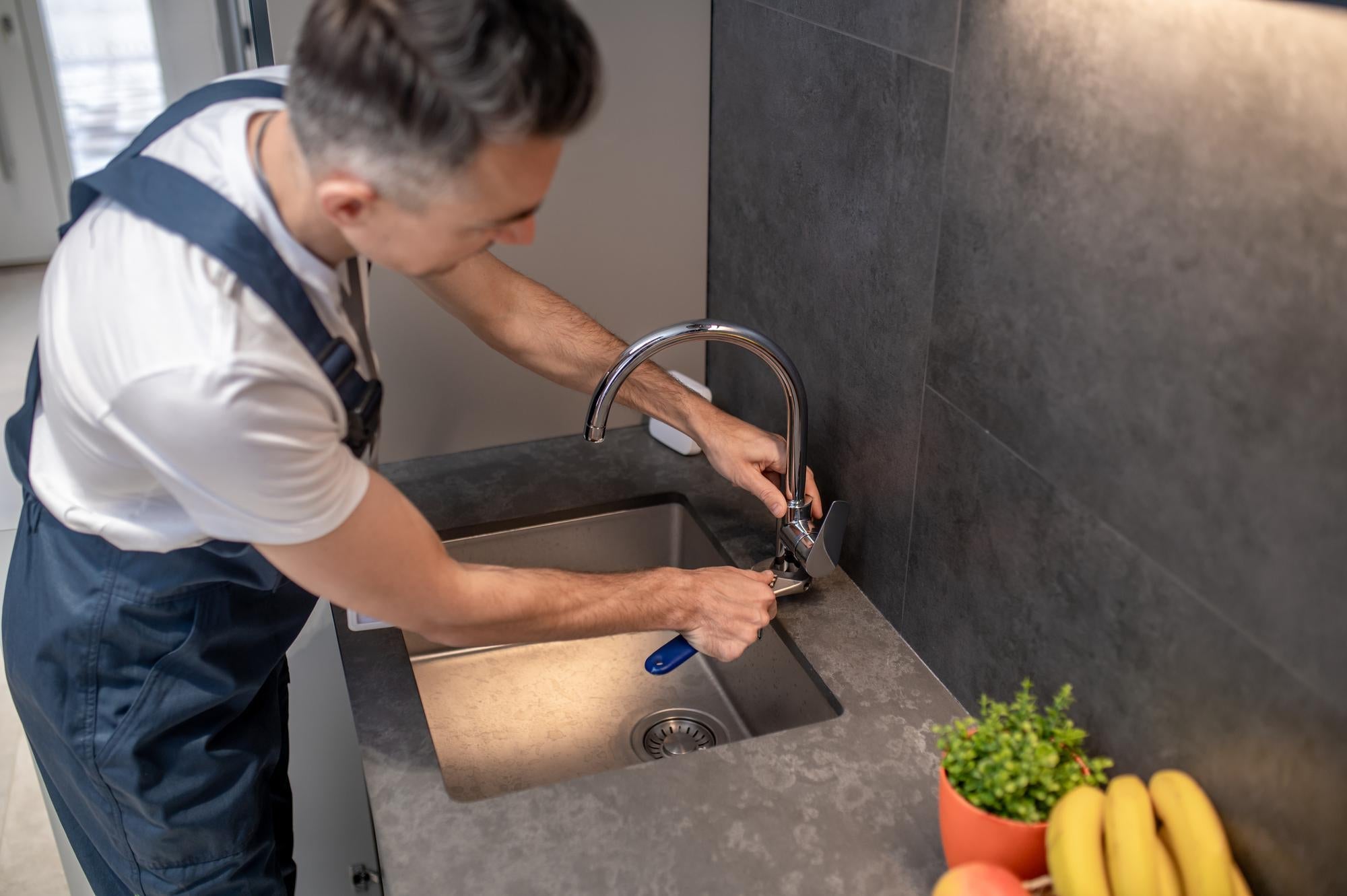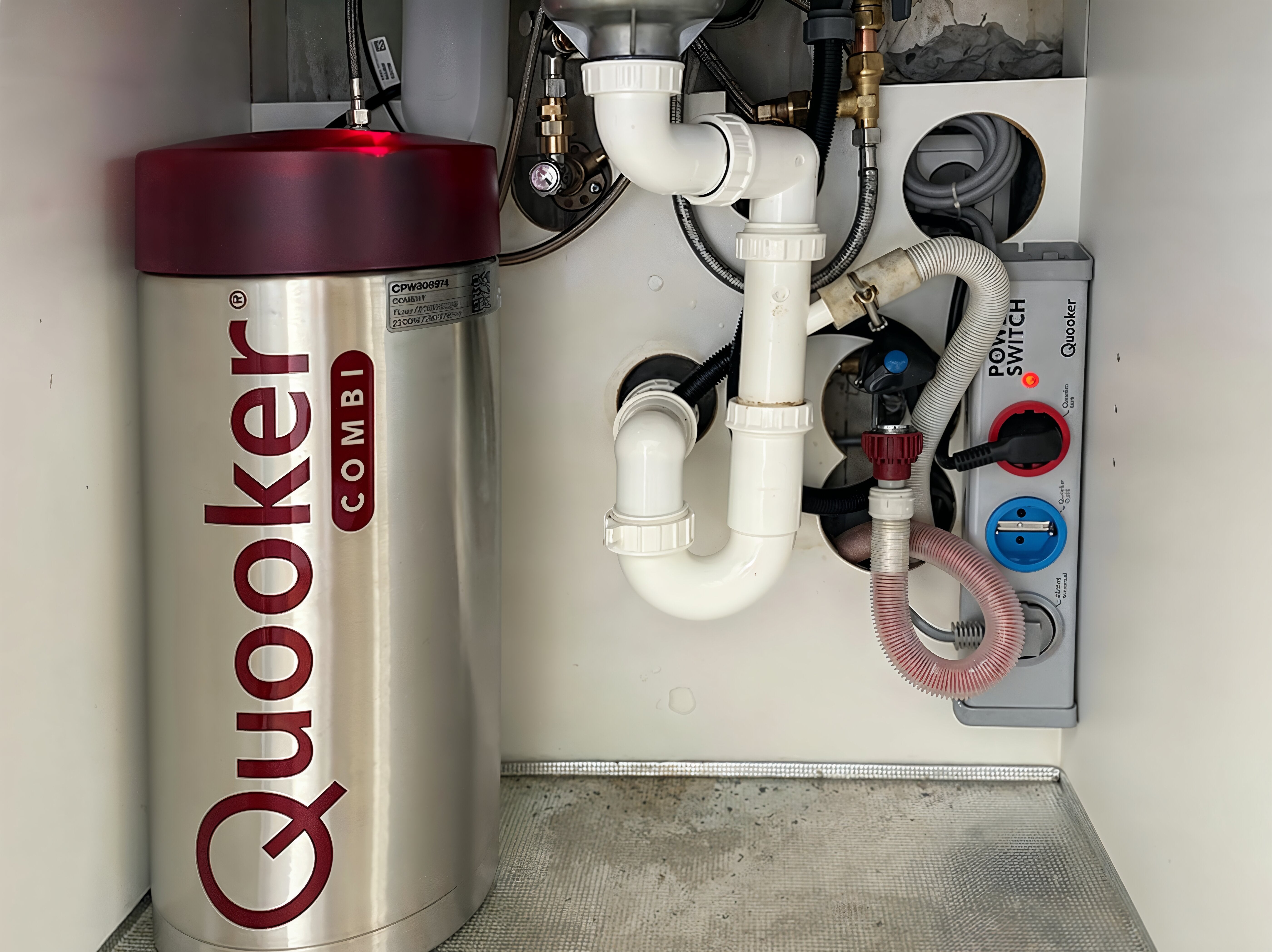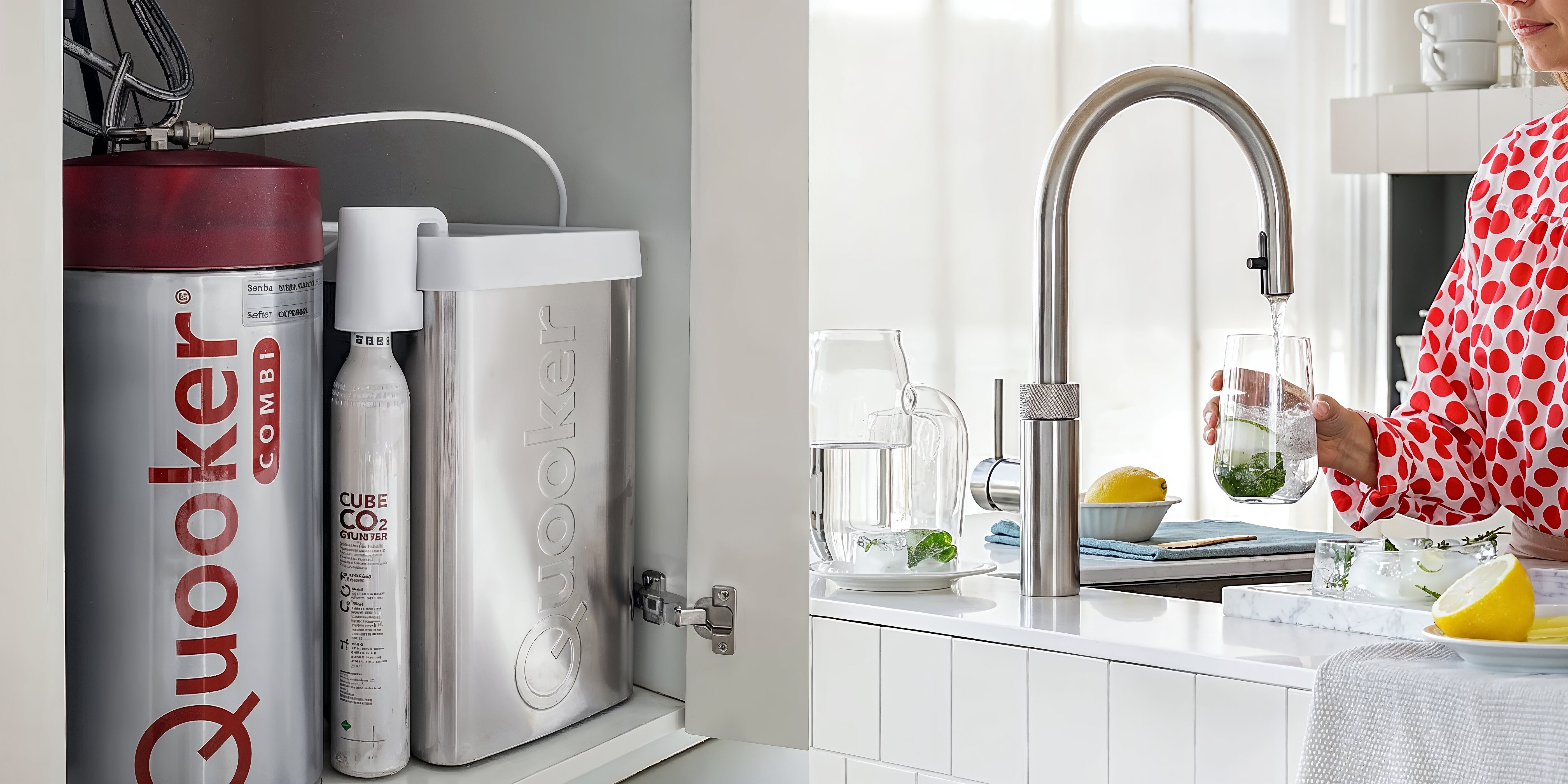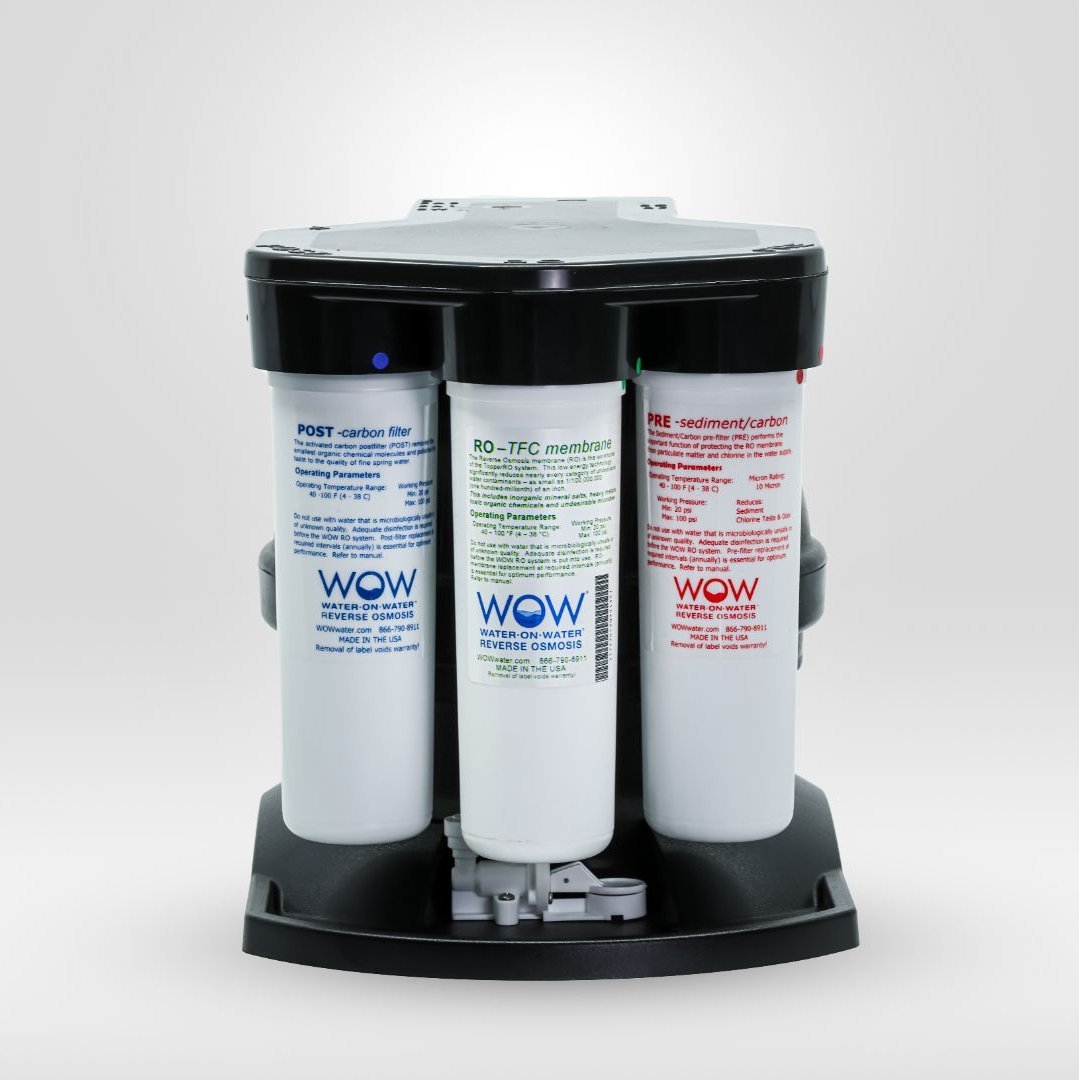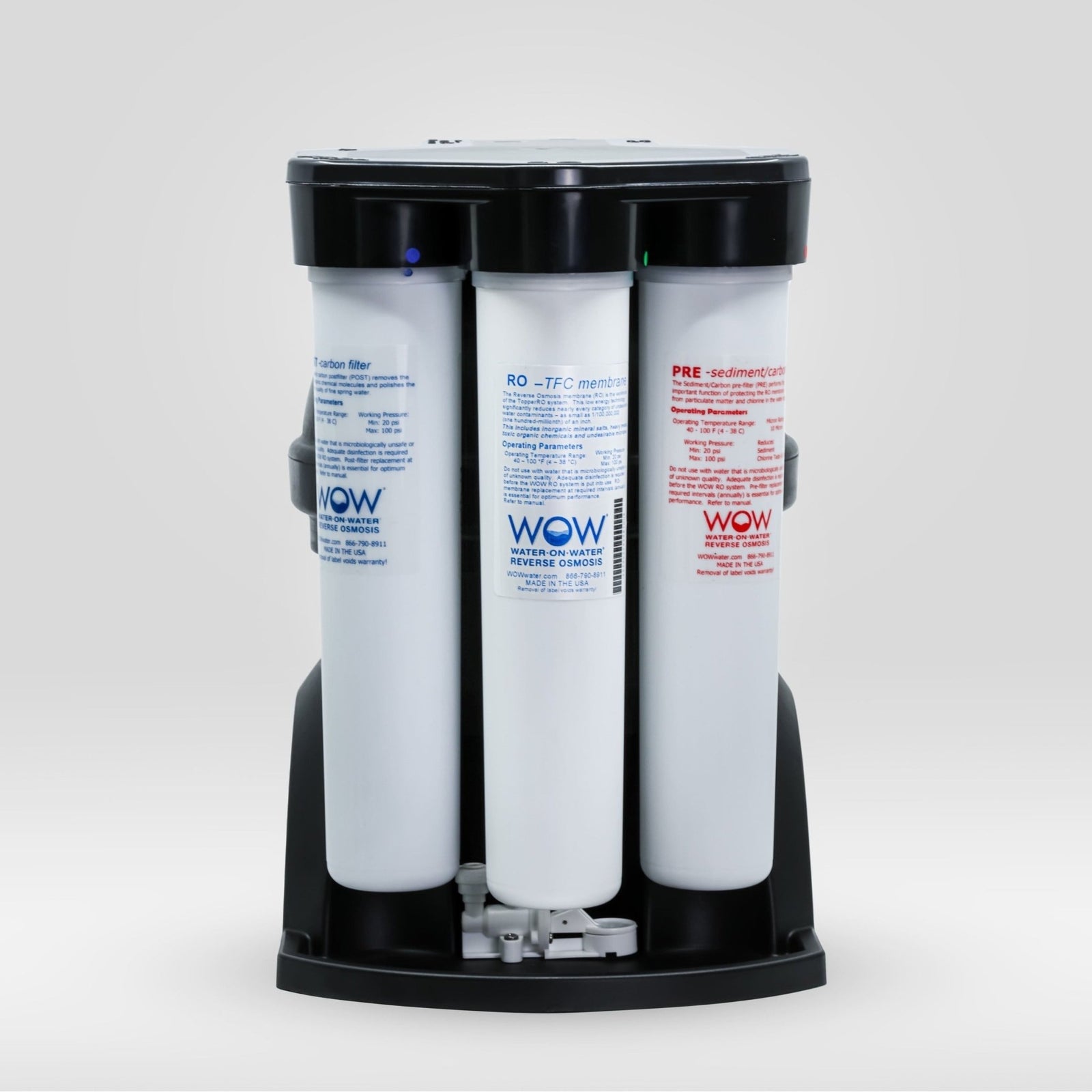PFAS, or per- and polyfluoroalkyl substances, are a group of man-made chemicals commonly found in our environment, including our tap water. These substances are known for their harmful effects on health and the environment. In this article, we delve deeper into the dangers of PFAS in tap water and how you can protect yourself and your family.
What are PFAS and where do they come from?
PFAS are synthetic chemicals that have been used since the 1950s in a wide range of products, from food packaging to fire extinguishers. Because of their water- and oil-repellent properties, they are often added to materials such as bumpers, fabrics, and non-stick cookware.
Origin of PFAS in our water
PFAS enter our water in various ways. Industrial discharges, the use of certain consumer products, and even agricultural runoff can contribute to pollution. Many people don't realize that our tap water can be a source of these harmful substances.
The health risks of PFAS
The health effects of PFAS are alarming. Studies show that long-term exposure to these chemicals can lead to several health problems, including:
- Elevated cholesterol levels
- Reduced immunity
- Increased risk of certain types of cancer
- Problems with fetal development during pregnancy
These effects make it clear why it is crucial to take measures to minimize your exposure to PFAS.
How to protect yourself from PFAS
One of the most effective ways to protect yourself from PFAS in your water is to purchase a water filter. Water filters are designed to remove contaminants from tap water, providing you with safe drinking water.
Reverse osmosis: the solution against PFAS
A popular method for removing PFAS from tap water is reverse osmosis. This process uses a semipermeable membrane to filter unwanted substances, including PFAS, from water. By purchasing a water filter that uses this technology, you can be sure your family is less exposed to harmful substances.

How do you choose the right water filter?
When choosing a water filter, there are several factors to consider. Here are some tips to help you make your choice:
- Filter type: Choose a filter specifically designed to remove PFAS, such as reverse osmosis filters.
- Certifications: Check that the filter meets the standards of well-known bodies such as NSF International.
- Maintenance: Make sure you choose a filter that is easy to maintain and replace.
- Cost: Compare prices, but remember that cheap isn't always better when it comes to water filters.
The role of the government in regulating PFAS
The government plays a crucial role in monitoring water quality and regulating harmful substances such as PFAS. Several countries have already taken measures to reduce the presence of PFAS in drinking water. However, it is important that consumers are aware of this problem and take steps to protect their health.
Clean water source initiatives
Several initiatives are focused on improving water quality and reducing PFAS contamination. It's recommended that you explore local programs and initiatives dedicated to clean water sources. By participating in these initiatives, you can help improve the health of your community.
The impact of PFAS on the environment
PFAS impact not only human health but also the environment. These chemicals are persistent and do not readily break down in nature, leading to long-term soil and water contamination. This has significant consequences for ecosystems and can affect the food chain.
What can you do for the environment?
In addition to personal protective measures, there are also steps you can take to reduce the impact of PFAS on the environment:
- Avoid certain products: Minimize the use of products containing PFAS, such as non-stick cookware and water-repellent clothing.
- Conscious consumption: Choose organic and ecological products where possible.
- Support environmental initiatives: Participate in local environmental projects and support organizations that work to combat pollution.
The future of our drinking water
The safety of our drinking water is paramount, and it's essential that we find ways to effectively combat PFAS and other harmful substances. With the right information and technologies, we can create a healthier and safer future for our drinking water.
Your action counts!
Take some time to consider how you and your family can benefit from a water filter and the impact you can make on both your health and the environment. The next step is to discover the best options for purchasing a water filter that can effectively remove PFAS. Your access to clean, safe drinking water starts with making the right choices!
